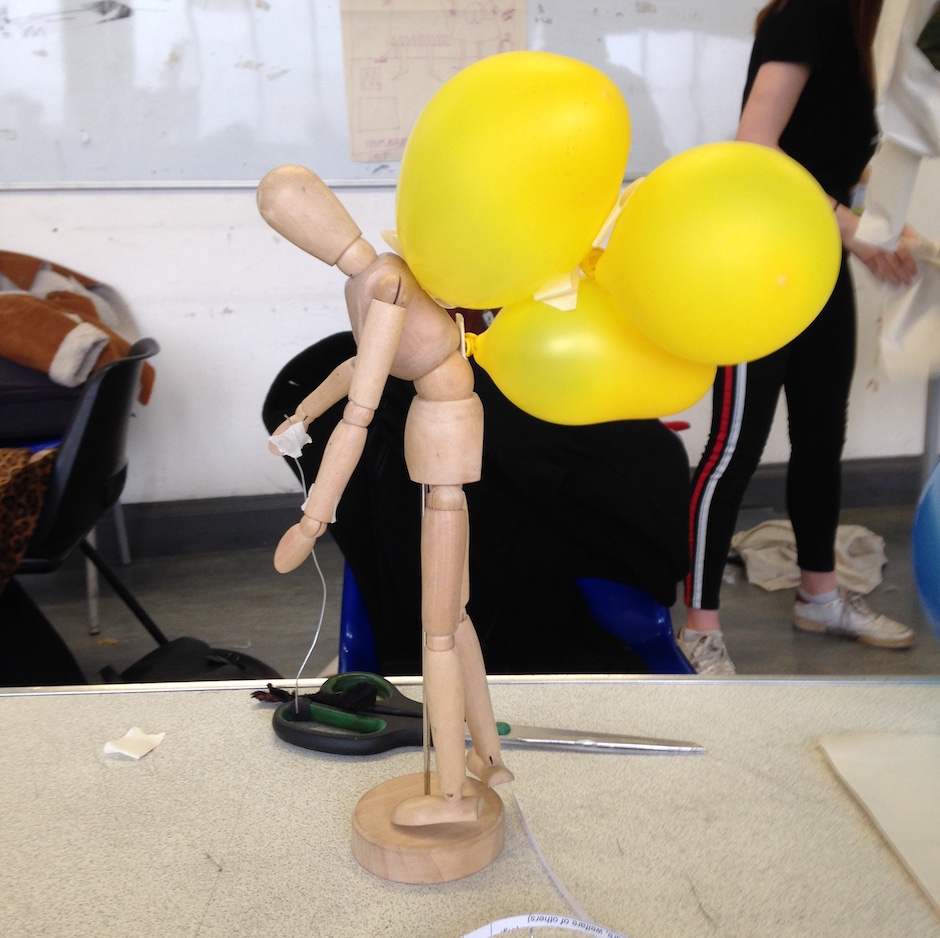Reflecting on reflecting

Our lecture given by Leslie Raven, Senior Lecturer in Fashion Art Direction at Manchester Metropolitan University, was both thought provoking and immediately relevant to both my teaching and development.
We ask our students to do a lot of reflecting, and in the first year that involves establishing the difference between a summary of things that happened and analysing and generating actions from the things that happen. So far, so good, but I realised that I am not that confident when it comes to saying what counts as reflection and being able to suggest a good range of credible next actions. It was very helpful, therefore, to explore different interpretations and forms that reflection can take.
Initially we were asked to draw/map our own teaching and practice identities – this relatively simply exercise, guided by Leslie, was a bit of a revelation.

It introduced me to a few previously mysterious words such as:
Ontology: in this instance I understood this to classify the nature or material of our world. I have since seen this in academic papers and am less freaked out by it.
Epistemology: what is considered valid knowledge in our world and the source of that knowledge
and
Reflexivity: considering how our perception of the world shapes our perspectives on teaching.
The questions we were asked and the act of visualisation represented to me what the roots of my teaching are – why I think teaching is important, where that belief came from and what has been influential in my sense of what good teaching looks like. This had a dual effect: looking at my colleagues’ representations, I felt quite moved by everyone’s various journeys and perspectives, the similarities and differences. I also felt very grateful for the various people, good teachers, I had been inspired by.
After reading ” From Safe Space to Brave Space” by Brian Arao and Kristi Clemens, I realised that in constructing this map I hadn’t considered my inherent privileges in the context of my teaching. ( I reflect on this chapter more fully in my fourth reflection ). This made me think about potential blind spots and biases I might have when it comes to understanding other perspectives. It reminds me to check in regularly with my students to understand their views on what student ship looks like, and what their expectations and experience are in the learning conversation. ( I expand on this a little in my second case study) This kind of analysis should inform co-teaching or planning as a department, and we do all try to consider everyone’s differing needs and perspectives. Until this excersise, I hadn’t considered how this process would be facilitated by a better understanding and reflection on ones own placement. No one has ever asked me about my positionality before, and I hadn’t contemplated it myself, so I was surprised how illuminating it was.
We were then all asked to contribute our own definitions to a Padlet:

I was relieved to see a number that related to my own definition of reflection and intrigued to see variations on that theme. The green box in my screenshot reminded me of a habit, now widespread, in acting companies where the stage manager would bring the company together to “check in”. This might manifest in a variety of ritualised ways- for example, using a phone battery metaphor to share how charged your battery was “I am at 80% today”. Looking inwards to be more outwardly aware of those around you.
This demonstrates that a reflective practice can be more than the essential review, analyse and develop cycle, but can also be a mindful activity that re-connects you with your self and your students, giving you a sense of perspective. I am resolved to give active reflection of this kind a specific moment of focus in my workflow in the week after each unit’s assessment is completed.
P.S You can find some check in exercises here:
Bibliography
Arao and Clemens ( 2013) From Safe Spaces to Brave Spaces : A new way to Frame dialogue around diversity and Social Justice The Art of Effective Facilitation Stylus publishing ( 2013) Chapter 8

